This article may contain affiliate / compensated links. For full information, please see our disclaimer here.
This article helps you to find out which are the best books to read about Iran. Iran is still a mystic, underrepresented corner of the world albeit its thousands of years-old history. Once, the glorious Persian Empire manifested a world-famous cultural and economic abundance. It seems to be of the past, as Iran is now stigmatized for human rights violence and secretly performing a nuclear activity. The majority Shiite country is a decisive power and a geopolitical concern in the Middle East.
The Islamic Revolution of 1979 was a turning point in modern history that established a republic based on Islamic principles and enforced strict moral rules on the population. Unfortunately, the media often misses displaying the other side of Iran with a stunning landscape, heritage sights, and outstanding hospitality.
I compiled a list of the best books about Iran, one of the most contradictory countries, so that you can learn more about its history, culture, daily life, and Iranian society.
Read more about why Iran is one of the best travel destinations
The best books about Iranian culture, life and society
1. Ramita Navai: City of Lies: Love, Sex, Death and the Search for Truth in Tehran (2014)
Navai Ramita is an Emmy award-winning British-Iranian journalist and documentary producer who reveals the complexity of Iran through the personal story of Teherani people of different backgrounds. It is a fascinating read that mirrors how Iranians live a double life under the Islamic Republic and circumvent the existing rules.
In a country with countless restrictions and death penalties, lying for survival is part of existence. Iranians deny consuming alcohol, teenagers passionately vow their virginity, and shopkeepers collaborate with their customers who eat secretly in the back rooms during Ramadan. Young men self-flagellate during the religious festival of Ashura, purporting that each lash is for Imam Hussein when it is more to appeal to the girls who watch it.
The prostitutes of Tehran keep a sigheh (temporary marriage) paper in their handbags when they cannot get away with bribery with the police.
But we also learn how it is to grow up in a conservative district of Tehran for a girl who cannot play unsupervised with her cousins any longer after puberty. After that, they are considered potential sexual partners.
Ramita Navai shows the reader through these personal stories what is behind the scenes. It is absolutely a great read!
2. Reading Lolita in Tehran – Nafisi Azar (2003)
The author tells her struggles as a teacher during the Islamic Revolution when foreign-language bookstores suddenly shut down, and teaching became almost impossible. Women had to cover themselves with a veil, and the Islamic authorities could deem any kind of behavior immoral.
People were arrested and sentenced to years, if not executed, for being Westernized, brought up in a Westernized family, staying too long in Europe for their studies, smoking Winston cigarettes, or sending a letter to a friend in France. It was in sharp contrast with what people were fighting for during the Islamic Revolution.
Female students were being penalized for running up the stairs when they were late for classes. But also for laughing in the hallways, for talking to members of the opposite sex. The guards reprimanded some girls during lunch for biting their apples too seductively!
Since education was undergoing “purification and Islamization,” the teacher invited her prominent students to her home to talk freely about literature. Thus, the students could enjoy a short time of freedom from the suspicious atmosphere of the revolution, where nobody felt safe.
This book grabs a unique perspective of the Islamic revolution and unveils teachers’ and students’ struggles to adapt to the new system. It is absolutely a fascinating read.
If you are interested in reading about other countries in the Middle East:
3. Azadeh Moaveni: Lipstick Jihad: A Memoir of Growing up Iranian in America and American in Iran
This book is about an American-Iranian woman constantly searching for her identity in the United States since her family fled Iran during the Islamic Revolution of 1979. Originating from a troubled country, but growing up outside it, came with many complications. Her identity is defined by a place that she never had the chance to travel to as it was dangerous.
The hostage crisis when 52 American diplomats were kept at the Embassy of Tehran for 444 days overshadowed the lives of the Iranian community in America. So they tried to show up as perfect immigrants by speaking accent-free English, having a successful career, and completely assimilating.
In 2000, Moaveni got the chance to return to Iran as the only American journalist permitted to be based in Tehran. It seemed to be the period of one of the most significant political transformations in the region’s modern history. However, an Iranian who did not live there during the war did not have to run into bomb shelters and worry about friends and family if they were alive is an outsider in the eyes of Iranians.
She explains her struggles and observations during the presidency of Khatami, who was considered a reformist that sent several contradictional messages to people:
- Women were liberated but legally inferior.
- Women should be educated but subservient.
- Women should have careers but stick to traditional gender roles.
- Women should play sports but ignore their dirty physical needs.
Grab this book to have a unique insight into Iran from the perspective of an American- Iranian journalist.
4. Azadeh Moaveni: Honemoon in Tehran
The author of Lipstick Jihad, the American-Iranian journalist, returned to Iran before the election of 2005 when the victory of president Ahmadinejad came as a huge surprise. He openly boasted about Iran’s right to the nuclear program and was known for making other controversial statements to the international audience.
However, in this book, the author gives a deeper insight into what it means to be a woman in Iran. She gets pregnant in a country where premarital sex and children born out of wedlock are illegal. So the author looks up the official punishment for that in panic. Getting married is a logical and, in this case, necessary decision. Even by choosing a name for their baby boy, she realized the government issued a list of banned names, including every foreign name or those related to the Zoroastrian religion.
Since cesarean delivery was now viewed in Tehran as the modern woman’s choice, finding a doctor willing to deliver naturally became a challenge.
Due to the political changes, the author faces hardships in continuing with her work as before. In general, dress codes and surveillance of public morals have become stricter. So they decide, like many other young people, to find their home outside their beloved Iran.
From make-up to marriage contract and motherhood, we get a great insight into the life of Iran around 2005 from a woman’s point of view, which makes this book a fascinating read, especially for women.
5. Persepolis – Marjane Satrapi (2021)
Even if you are not fond of comic books, Persepolis is a must-read. It is one of the best books about Iran during the revolution. From a young girl’s point of view, Persepolis tells about the Islamic revolution, war, and all the difficulties through semi-funny pictures that make the hard topic easier to digest.
Marjane Satrapi refuses to consider it an autobiography. Although, her life inspired the book as a rebellious teenager who was always impolite and never said what she was supposed to say.
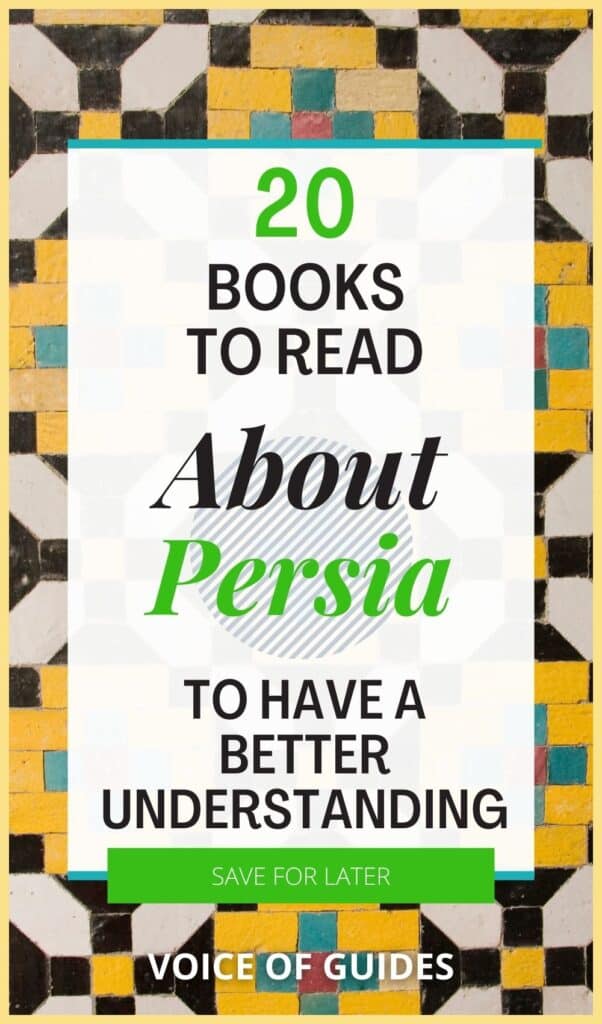
“I wrote Persepolis later even if I had it my mind well before. But I was full of anger. I had to wait until my anger went away and I understood more. I needed to distance myself from the story……..The more you know, the more you realize everything is complicated. People’s ignorance comes from being convinced. They tend to think that Iranians and Iran are what they read or saw in Not Without my Daughter…..I was sick of repeating myself, and I had to write it down. I owed it to my country.” Persepolis was made for a foreign audience, not Iranians.
Satrapi was born in Rasht in 1969 but grew up in the capital, Tehran, in a bourgeois middle-class family. Her parents took part in the demonstrations against the Shah (Mohammad Reza Pahlavi) during the Islamic Revolution of 1979.
When life became more and more unbearable, her parents sent her abroad when she was 14 to study in a French religious school in Vienna for four years with nuns as teachers. Far from her family, she struggled to integrate into a shockingly different culture. Sometimes it was easier to deny her country of origin.
She returned to Iran, where she faced another cultural shock after the freedom experienced in Europe. Still unable to adapt to the strict Islamic rules, she left for France for good in 1994, where she still lives.
Besides the bestseller Persepolis, Satrapi wrote two other books: Embroideries also takes place in Iran and tells about the women’s bedroom secrets of post-revolutionary Iran. The Chicken with Plums is the heartrending story of a celebrated Iranian musician, Nassar Ali, Marjane’s beloved uncle, who gives up his life for music and love. The movie adaption is also available.
6. Iran- Culture Smart!: The Essential Guide to Customs & Culture – Stuart Williams (2017)
It is part of the “Culture Smart!” series that concisely summarizes the history, culture, religion, customs, daily life, and anything worth knowing about each country.
The author writes a separate section about women’s lives in the Islamic Republic and the legal punishments they face if they break the sharía rules, wedding traditions, divorce rules, and blood money. Nearly three decades after his death in 1989, Khomeini’s personality and political vision still dominate Iran. His piercing eyes stare out from every banknote, his portrait hangs in every shop, his speeches are broadcast daily.
It sums up the essentials you need to know before traveling to Iran, like “Ta’Rof,” the Iranian courtesy that foreigners often misunderstand. Tales abound in Tehran of foreign residents who gratefully ran off without paying when their barber or taxi driver made ta’rof by pretending to refuse payment.
Culture Smart is an excellent book about Iranian culture, customs, and everything that is worth knowing before traveling to Iran.
The best books about Iranian History
1. “The Persians: Ancient, Medieval and Modern Iran” by Homa Katouzian (2010)
It is probably the most exhaustive book about 2500 years of Iranian history written from an Iranian perspective from ancient till modern times. Apart from relevant historical facts, it is also an excellent overview of Iran’s cultural, social, and political aspects.
2. A History of Iran: Iran, Empire of the mind” by Michael Axworthy” (2016)
It is another book about the history of Iran with an extensive analysis of the pre-Islamic Zoroastrian religion, the prevailing belief during the Ancient Persian Emire. Countless dynasties (Safavid, Zand, Qajar, Pahlavi, etc.) changed each other until the revolution of 1979 and the hostage crisis. It is an excellent introduction for somebody who wants to know the relevant events of Iranian history and learn more about its cultural diversity.
“A beautifully distilled retelling of Iranian history that flashes with insight on every page.”―Financial Times
3. A Modern History by Abbas Amanat (2018)
This lengthy book of over 1000 pages is for the most devoted readers. Abbas Amanat is a recognized author in modern Iranian history and politics and author of several books and articles on Iran and the Middle East, emphasizing culture, religion, and political trends.
He describes the different dynasties, the Constitutional reform, and current political issues. The following testimonials show that this could be a precious book for those deeply interested in Iranian history with all its contradictions.
“No book could be more pertinent for American readers . . . Mr. Amanat searches for patterns to make [Iran’s] tumultuous history lucid to nonspecialist readers. . . His account, in all its melancholy splendor, comes to embody what the 20th-century Iranian poet Forough Farrokhzad called ‘a sorrowful stroll in the garden of memories.'”–Eric Ormsby, The Wall Street Journal
“A majestic work that goes a long way in unraveling for an American audience the country’s enigmas and apparent contradictions.”–Ervand Abrahamian, The New York Review of Books
“Amanat is a skillful narrator whose use of sources and anecdotes is illuminating. His book should be read by anyone who is curious about the history of political philosophy and ideas.”–The Economist
4. “All the Shah’s Men: An American Coup and the Roots of Middle East Terror”- Stephen Kinzer (2008)
This book focuses on one of the most critical events of Iran’s modern history, the CIA coup of 1953. The democratically elected prime minister, Mohammad Mossadegh, the symbol of Iranian nationalism, regained power after a long retreat. He ordered to nationalize the Iranian oil industry and end the country’s exploitation by the Anglo-Iranian Oil Company. In the coup of 1953, the CIA removed Mohammad Mossadegh from power and reinstalled Mohammad Reza Shah. It set off a series of unforeseen consequences that deeply affected what Iran has become by today.
The Shah enjoyed the support of the United States, but his oppressive rule turned Iranians against him. The accumulated anger culminated in the Revolution of 1979 led by the Islamic fundamentalists. The new leaders of Iran imposed a conservative religious rule, propagated terror abroad, and launched a fierce anti-Western campaign.
The book reveals the road from the coup through the Shah’s repressive regime and the Islamic Revolution to the suicide attack against the World Trade Center in New York. It also explains the current tense relation between Iran and the United States. Many Iranians still associate Mossadegh’s name with the idea of freedom.
The Washington Post and The Economist selected it as one of the best books of the year. It is one of the best books about Iranian politics, modern history, and the Islamic revolution.
5. The Coup: 1953, the CIA, and the Roots of Modern U.S.-Iranian Relations – Ervand Abrahamian (2013)
Ervand Abrahamian is probably the best historian writing on modern Iran. This book from 2015 is a detailed reflection on the infamous CIA coup of 1953 that seeded an invisibly accumulating anger in the Iranian people that pinnacled in the Islamic Revolution. Mohammed Mossadegh, the “Gandi of India,” stood up for nationalizing Iranian oil and getting rid of Western interference. Under the pretext of fighting against communism, but more because of the possible repercussions of worldwide nationalization, the United States ordered the AJAX Operation. The mission led by the son of Theodore Roosevelt, Kermit Roosevelt, removed the prime minister, Mossadegh, and reinstalled Mohammad Reza Pahlavi. The historical consequences of this move became only clear almost 30 years later.
It is an essential read to get a better understanding of the political games that shaped the fate of Iran in the Middle East.
6. Argo: How the CIA and Hollywood Pulled Off the Most Audacious Rescue in History – Antonio Mendez and Matt Baglio (2012)
This is the incredible true story of the CIA agent, Tony Mendez, who rescued the American diplomats hiding in Tehran during the infamous hostage crisis with a meticulously created creative cover story. The CIA agent lands in Iran disguised as a Hollywood actor to look for perfect film drops for his next fiction movie, called Argo. The Canadians cooperate by providing forged passports to the hiding diplomats, who would each be members of the film crew.
On 4th November (13th of Aban) in 1979, a group of outraged radical Islamic students occupied and attacked the embassy and took 65 diplomats hostage after the Islamic Revolution. They released 13 of them after 16 days and kept 52 diplomats for 444 days inside the building.
The book reveals the intimidating atmosphere during the Islamic Revolution. It explains why the infamous hostage crisis was a crucial moment that irreversibly poisoned the relationship between Iran and the USA.
Tony Mendez waited 30 years to expose the details of the secret espionage mission.
I highly recommend watching the Hollywood movie “Argo” starring Ben Affleck, one of my absolute favorite movies.
7. Farah Pahlavi: An Enduring Love: My Life with the Shah: A Memoir (2004)
The memoirs of Farah Pahlavi, the wife of Mohammad Reza Pahlavi Shah, is an essential read to understand the context of the Islamic Revolution from another perspective. The Shah was dethroned by the Islamic Revolution orchestrated by Khomeini Ayatollah.
Farah grew up in a progressive middle-class Iranian family and got a French education in Iran. She became the second student in her country to graduate as an architect. She met the Shah for the first time during her studies in Paris when she was 19. Upon her return to Iran, they got married and had four children.
Farah honestly describes her life as empress 1959-1979 in Iran, from the glorious times to the devastating shock when she boarded a helicopter with the Shah to leave their country forever on 16th January 1980. The Iranian people ousted them from their homeland and searched for royal grace to find refuge.
“It seemed as if we were falling from the top of the Empire State Building.”
One and a half years later, Farah has to bury her husband, who died of cancer. She shares her home between Paris and the United States, accompanied by bodyguards, as the Islamic Republic imposed the death penalty on her.
“The only reason I can bear living in exile is the hope to return once to my country.”
Farah still has not come to terms with how an extremist religious leader could win the world’s sympathy.
8. The Fall of Heaven: The Pahlavis and the Final Days of Imperial Iran Paperback – Andrew Scott Cooper (2018)
This book summarizes Mohammad Reza Pahlavi Shah’s life from his childhood through the ascent to the Persian throne till the fall of the Pahlavi dynasty. The Shah, eager to turn Persia into a pro-Western country, lost connection with his people on the way. His biggest mistake was to ignore the country’s traditions and Islamic values, focusing on copying and adopting every aspect of the West. This fascinating and well-researched read unveils why the Iranian people supported the Islamic revolution and broke with over 50 years of Pahlavi rule.
The Shah and his wife lavishly celebrated the 2500th anniversary of Persia while most of the Iranian people were living in poverty. The royal family was stuck in their palace before getting on the helicopter to leave Iran forever.
Empress Farah Pahlavi tells this crucial period of Iranian history from her point of view. Iranian revolutionaries, US officials from Carter’s administration, and other American families caught up in the drama also let their voices be heard.
9. Shah of Shahs – Ryszard Kapuscinski (2006)
It is a short book about the contradictions of the Iranian society during the Pahlavi Shah, who regarded himself as the father of the nation. In reality, he oppressed the people and ensured his rules with the SAVAK, the secret police. The SAVAK was the Iranian Gestapo that ensured the survival of the Shah’s regime. The SAVAK was created in cooperation with the CIA to search for and render the enemies of the state harmless. Over time, it became a “state in the state” with a large apparatus with 3 million Iranians working for it. The CIA and SAVAK worked closely together.
Torture with electricity, nail rupture, electroshock, causing insanity with the pounding of the head, weights attached to testicles, and glass pushed into his rectum was standard method of the SAVAK.
10. Iran Reframed – Bajoghli, Narges (2019)
In this survey, the author analyzes the mechanism of state propaganda and concludes that the pro-regime members of the society are far from being unified. Today’s young generation has never lived the war and is tired of the state’s propaganda. The regime struggles to preserve its credibility and to pass over the revolutionary propaganda to the next generation. The author gets a personal insight into the censored revolutionary filmmaking and figures out the motivation of individuals to contribute and the tools they apply to distort the truth.
The book explains the role of the Revolutionary Guards and the Basij, who guard the Islamic values in the country. The Revolutionary Guard is the product of the Islamic Revolution that has become the wealthiest independent institution within the regime.
The Basij was established in 1980 by Ayatollah Khomeini as a volunteer paramilitary group to train children, women, and men to fight on the frontline during the Iraq-Iran war. But nowadays, boys join the Basij only because it helps them climb the social ladder. They get admitted to universities or get favored for certain jobs and enjoy other advantages.
The veterans of the Iraq-Iranian war are also a relevant piece of state propaganda. Publicly, they are proclaimed as heroes of the revolution who served their country. However, off-the-camera, they express their honest opinion, which is a far cry from this image.
I found this research highly interesting because it reveals the complexity and inner tensions of the Islamic Republic.
Read more about why Iran is one of the best travel destinations
If you are planning a trip to Iran, check out this 2-week itinerary
If you are interested in reading about other countries in the Middle East:
Travel books on Iran
1. Lonely Planet Iran – Simon Richmond, Jean-Bernard Carillet (2017)
The Lonely Planet publication of Iran is your perfect travel guide if you want more information about the tourist attractions, best restaurants to eat out, recommended accommodations, and tours to take.
It is the most common survival guide for foreign tourists in almost every country, with several good tips for your stay and a concise description of the country’s history, culture, and current affairs.
2. Bradt Travel Guide – Maria Oleynik and Hilary Smith (2017)
Bradt travel guide is a series with a focus on less explored countries. The latest edition of Iran included the less-explored Khorasan region in Western Iran, city maps, outdoor adventures (swimming, skiing, and desert and eco-tour), and Iranian movies’ recommendations. You also get a handful of tips about shopping in Persian bazaars.
Other books about the Iranian
1. Manufactured Crisis: The Untold Story of the Iran Nuclear Scare – Gareth Porter (2014)
Iran’s suspicious nuclear program is subject to heavy debate, and the mainstream media cannot provide all the information to understand its complexity and Iran’s motivations. The author argues that Iran’s decision to enrich uranium was a direct response to a US policy that had challenged Iran’s right to have any peaceful nuclear power program at all.
Despite multiple US diplomatic efforts to prevent it, Iran secretly constructed its uranium enrichment facility in Natanz in 2001. For several reasons, as the book explains, Iran kept the enrichment capability in secret.
The nuclear program had been a high-profile political issue in Iran that was widely discussed by the Iranian public before 2003. The nuclear program became an achievement of national pride, as something built locally without foreign help. In April 2006, President Ahmadinejad announced Iran had successfully enriched uranium and had thus become a “nuclear power.”
After that, world media created a nuclear scare and portrayed Iran as feverishly working on a secret nuclear weapons program and on the verge of building a nuclear weapon and did not show cooperation. The US launched the first specific cyberwarfare attack on Iran’s enrichment facility at Natanz.
This book provides a thorough insight into the complexity of the nuclear war.
The best books about Persian literature
1. Shah Nameh – Abolqasem Ferdowsi (940-1020 CE), Translator Dick Davis (2016)
Shah Nameh is the national epic and one of the key symbols of Persian identity that took Ferdowsi 33 years to complete. It focuses on the legends and history of pre-Islamic Persia. It means so much to the Iranians that they can recite long passages of it by heart. The epic emphasizes the distinct identity of Persians from Arabs. Persians could hold on to their language and calendar even after they converted to Islam. The mythical, pre-Islamic king, Jamshid, tells the stories of his glorious age and how the Arab Army defeated Persia, which is a national disaster.
Through Sha Nameh, you can learn about Parthian, Sassanid, and Persia’s early medieval world view fueled with heroism, justice, pride, and Persian patriotism.
2. The Complete Divan of Hafez: Including Ghazals Inspired by the Ghazals of Hafez by the Translator Paul Smith (2017)
Hafez is the most popular poet in Iran even after 600 years, but it is not his original name. It is just a pen name that means “The memorizer.” He earned this title by learning the Quran by heart, and it became the pseudonym of the most famous Persian poet. Almost every Persian home has a sample of his book of poetry, the Divan of Hafez. It is not just a decoration on the bookshelf as many people learn his poems word by word and often refer to or quote from them.
Hafez is a lyrical poet highly influenced by the mysticism of the Sufi religion. He lived in Shiraz, loved wine very much, and wrote openly and honestly about love. His fame spread like wildfire thanks to his poems. No Persian poet fascinated his readers that much before. However, it is often hard to interpret his writings. Many say that the individual verses seem to be quite incoherent sometimes, but in the end, they suddenly all start to make sense.
3. “The Iranians: the soul of a nation”- Sandra Mackey (1998)
Sandra Mackey, a highly respected Middle East expert, wrote this book in 1996. It is an excellent summary of Persian history and politics intertwined with Shia religion that defines the identity of Persia. It is an important work that gives a better understanding of a country underrepresented in the world media. One of the first attempts to explain how the glamorous Persia rich in oil was caught up in the current rigid Shia fundamentalism, and religious scholars took political power.
Tip: Watch the „Art of Persia BBC series”, in which Samira Ahmed discovers rarely seen places of Iran and tells the story of various ethnicities, Iranian culture and history. Unfortunately, you can only download it from the UK under the following link: https://www.bbc.co.uk/programmes/m000k48g

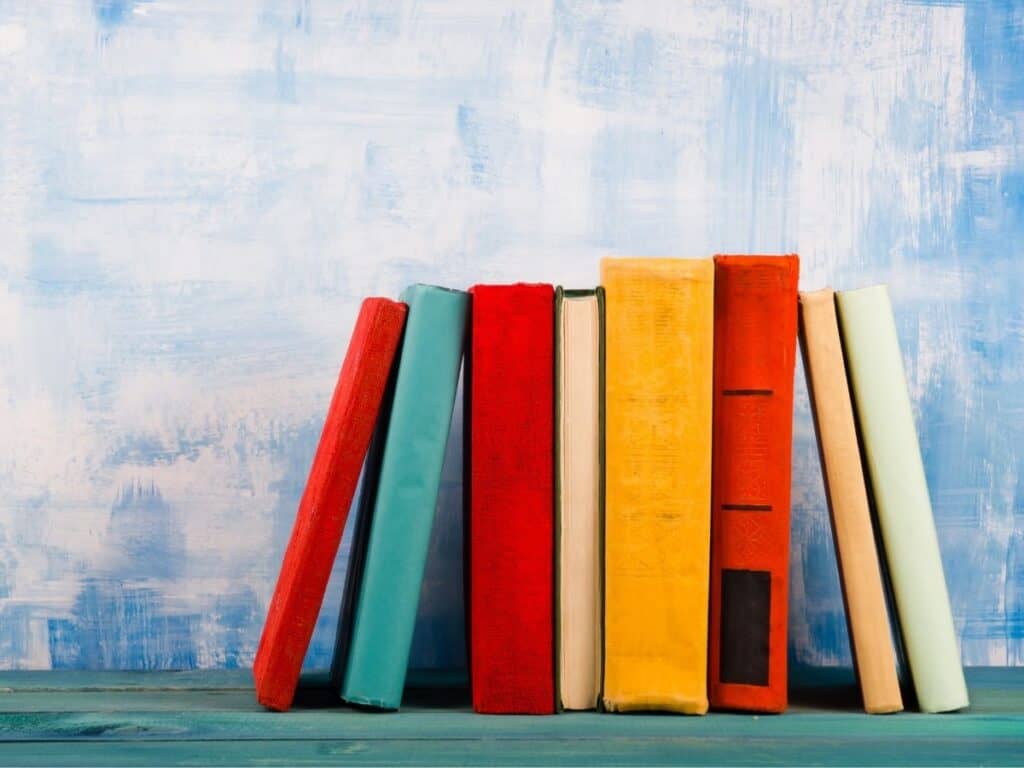




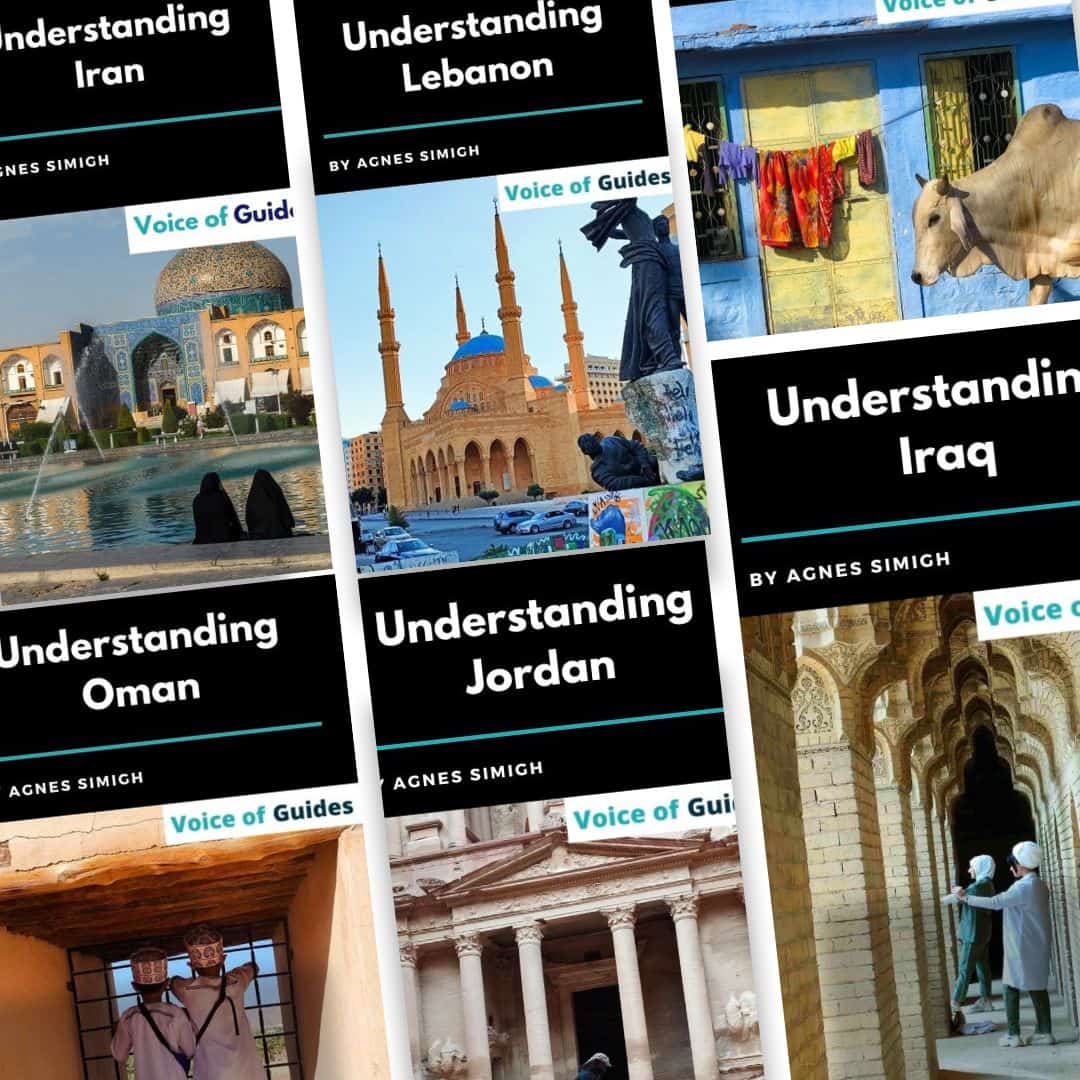





















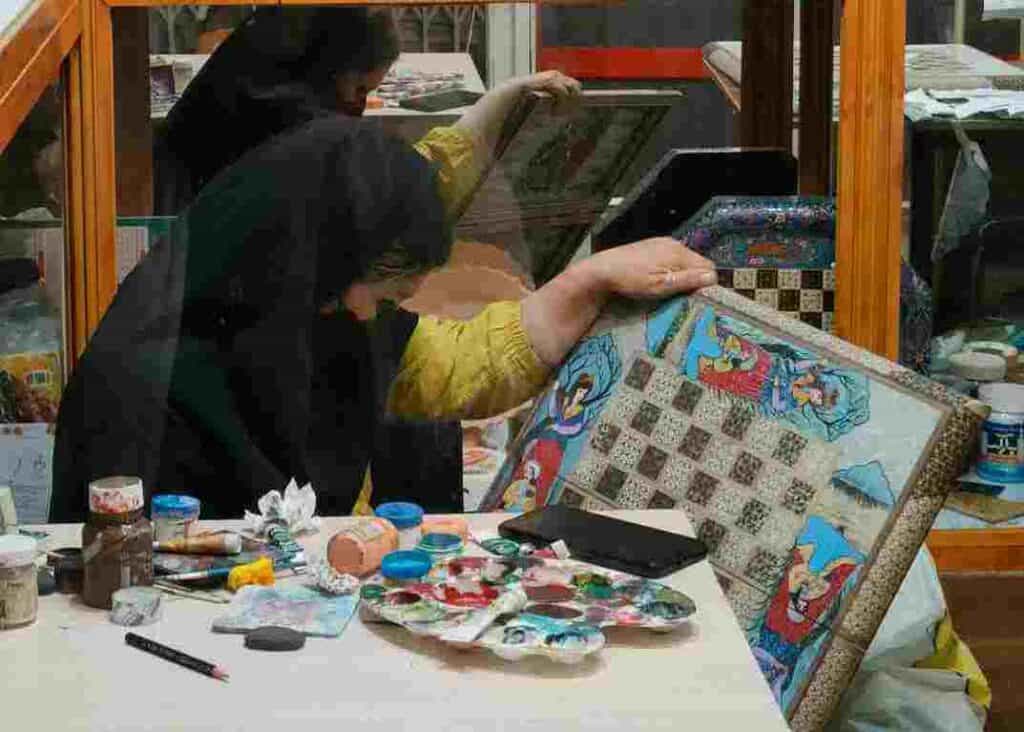

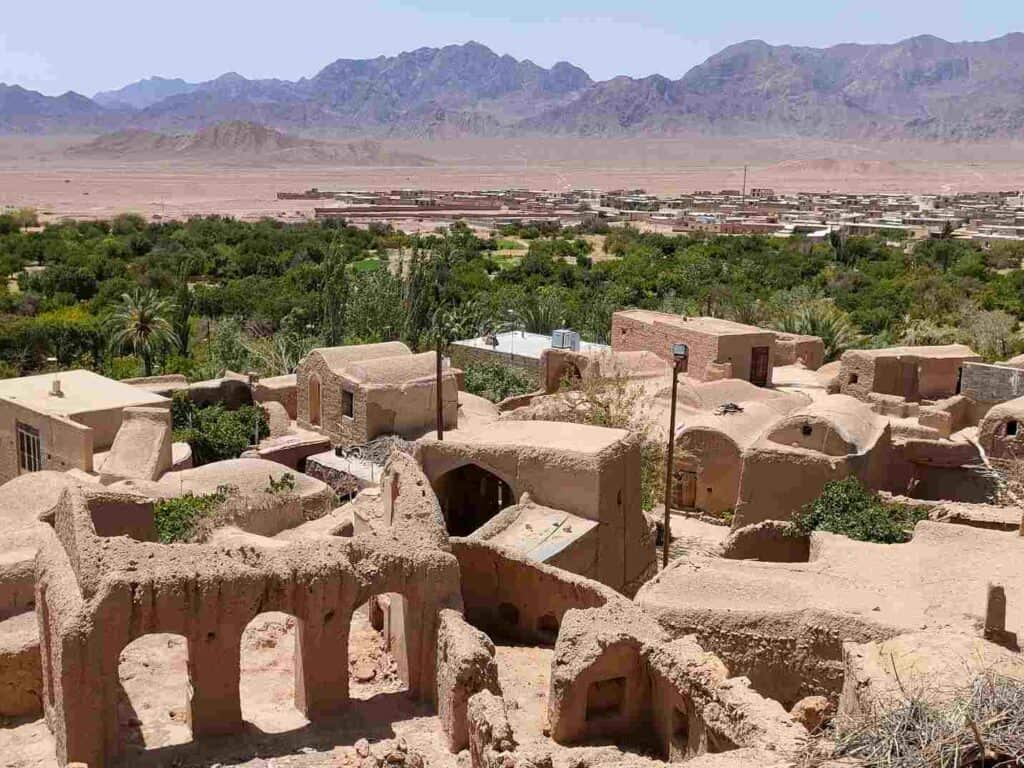
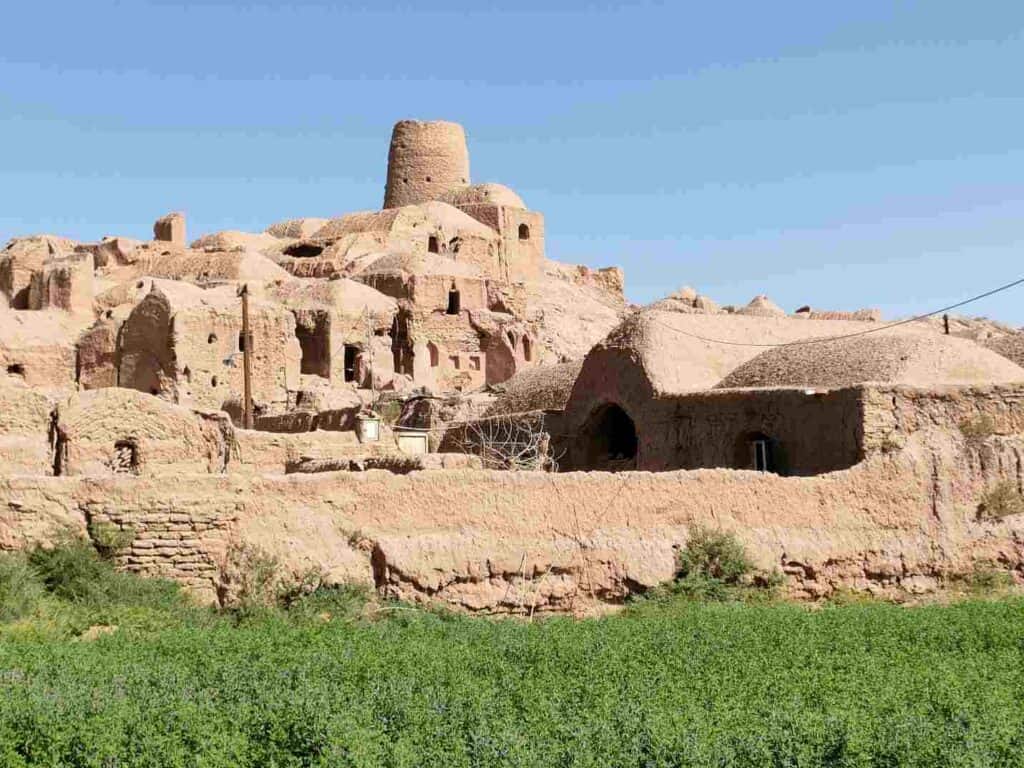
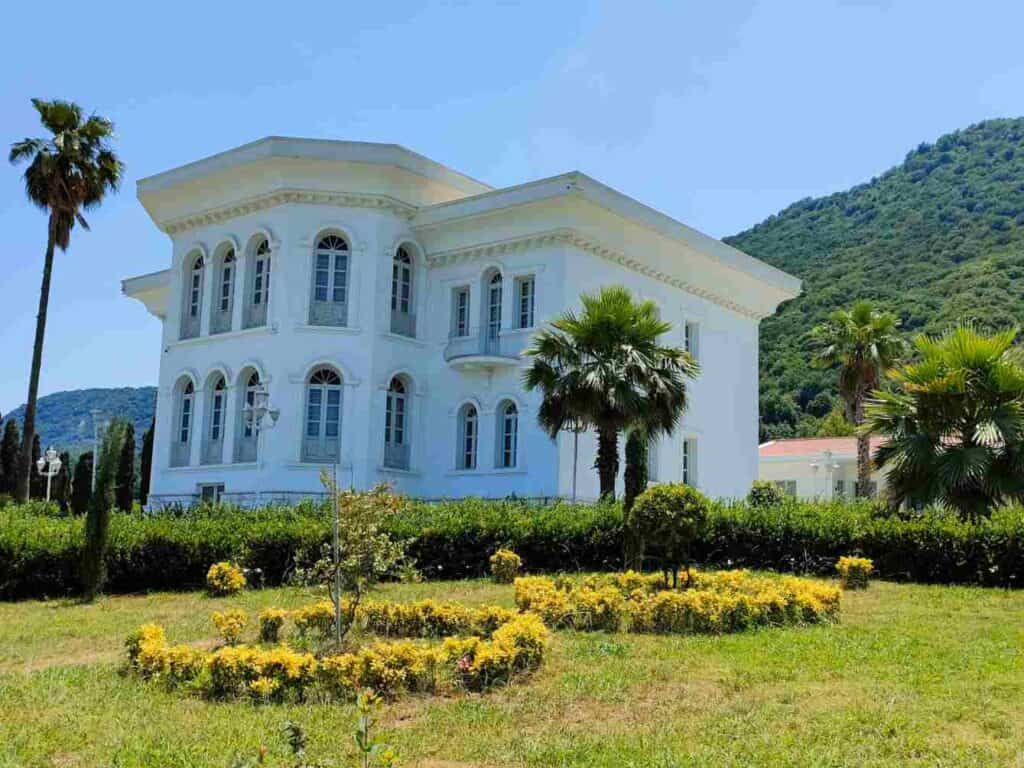
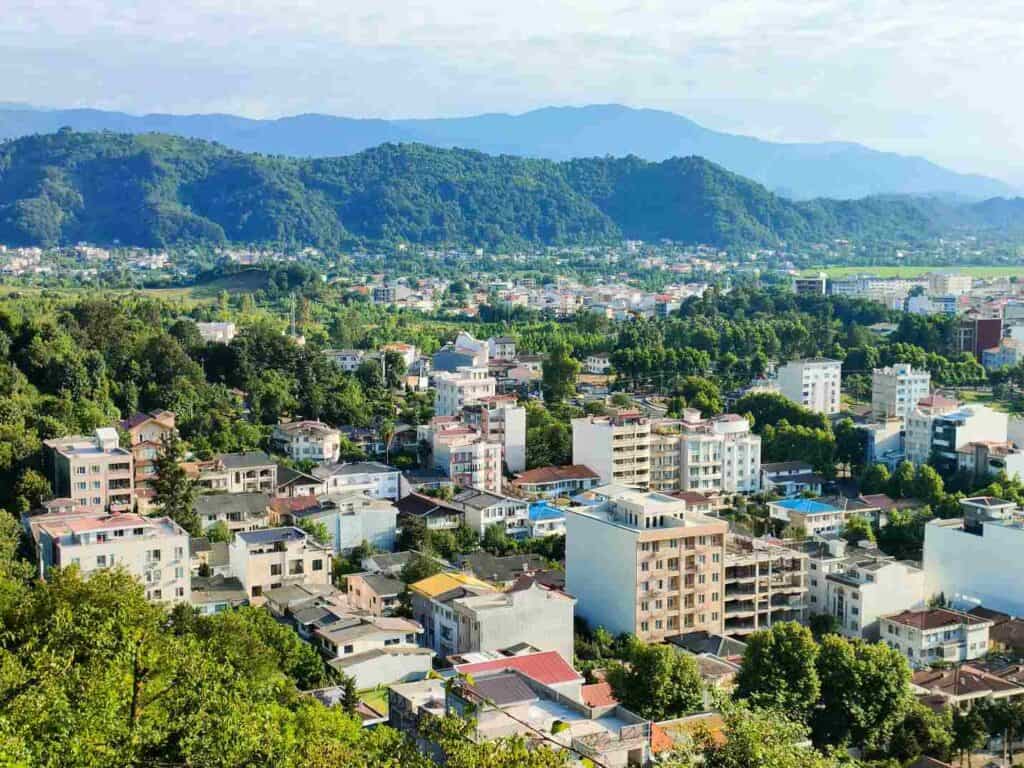
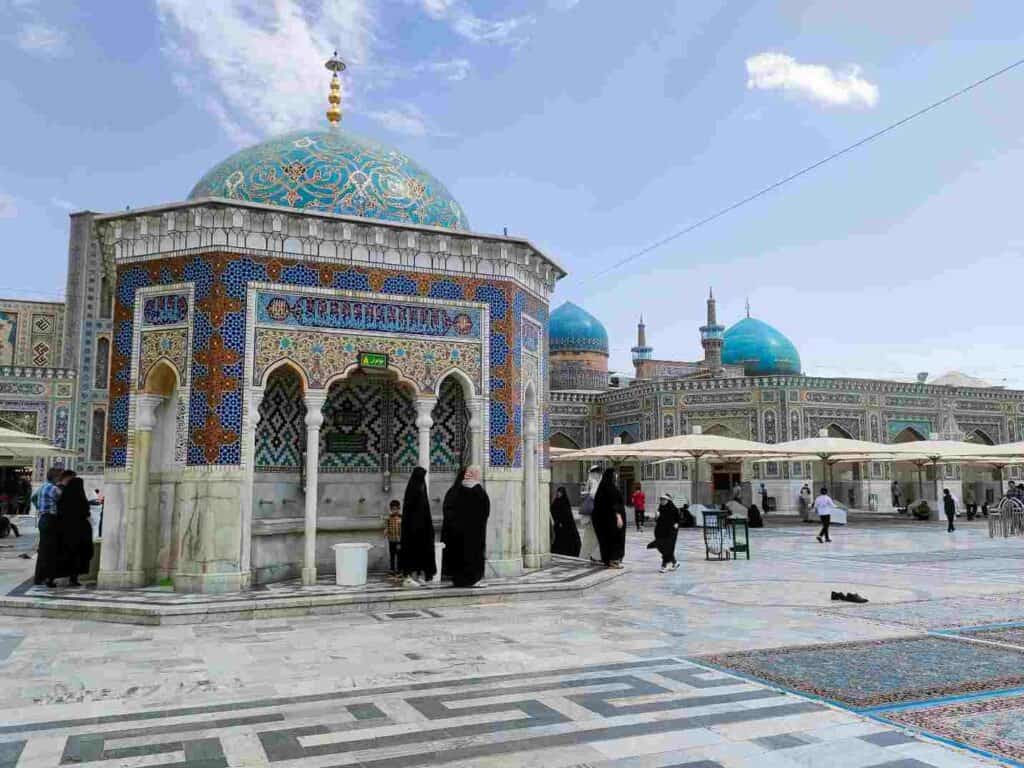
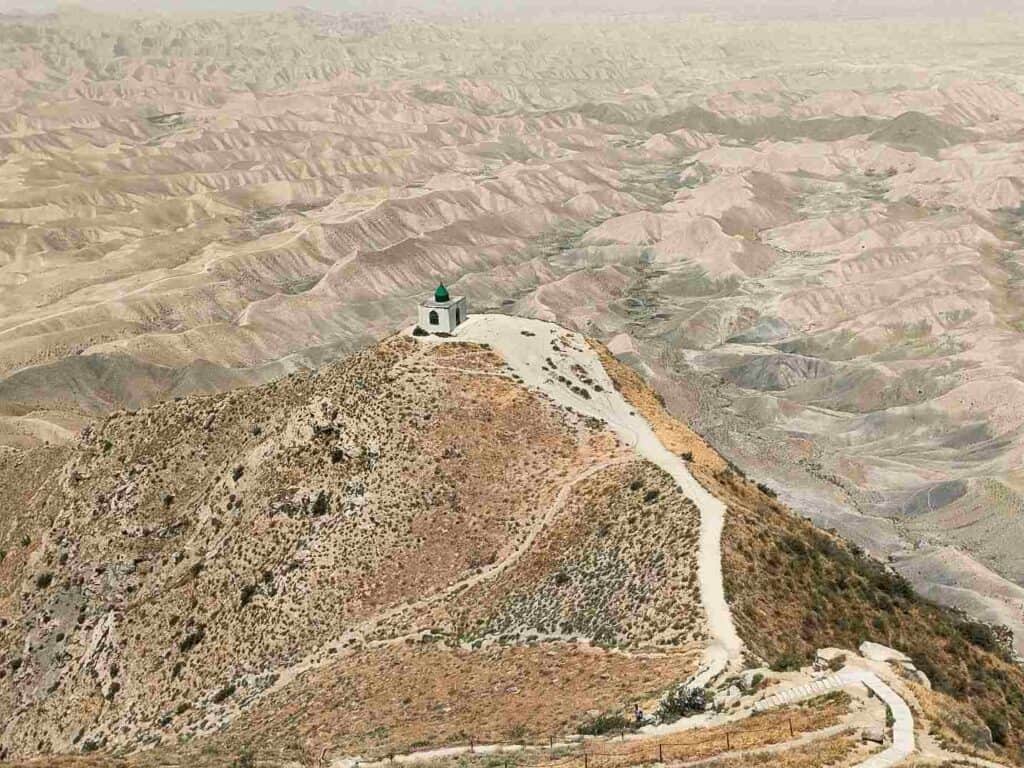
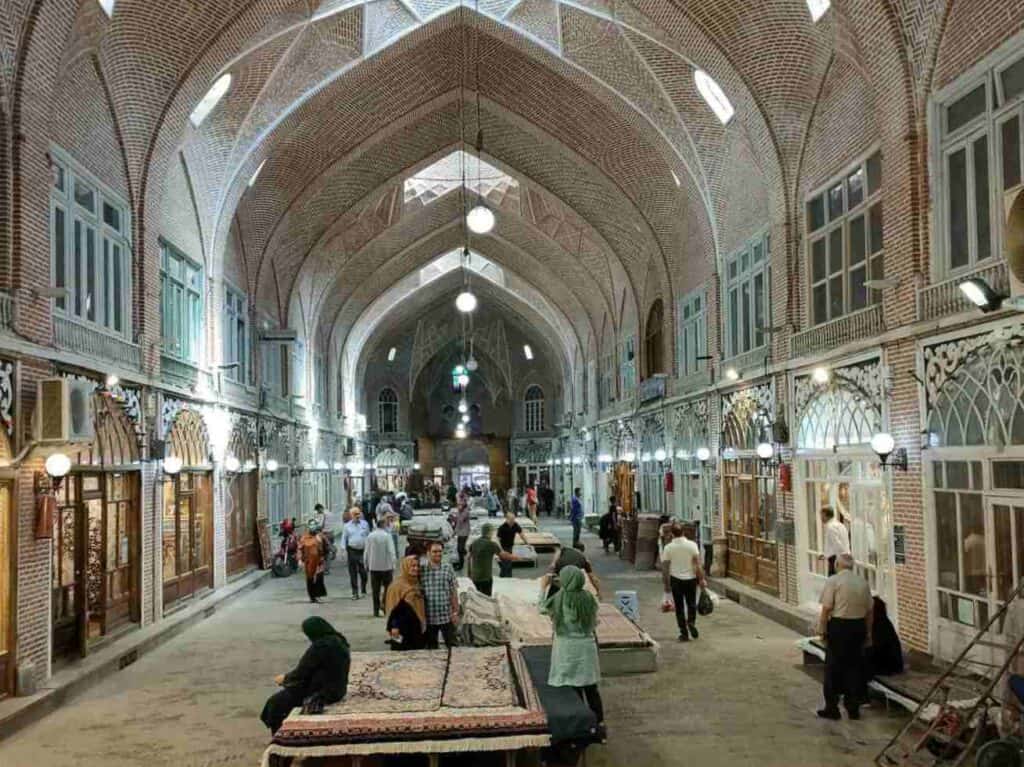
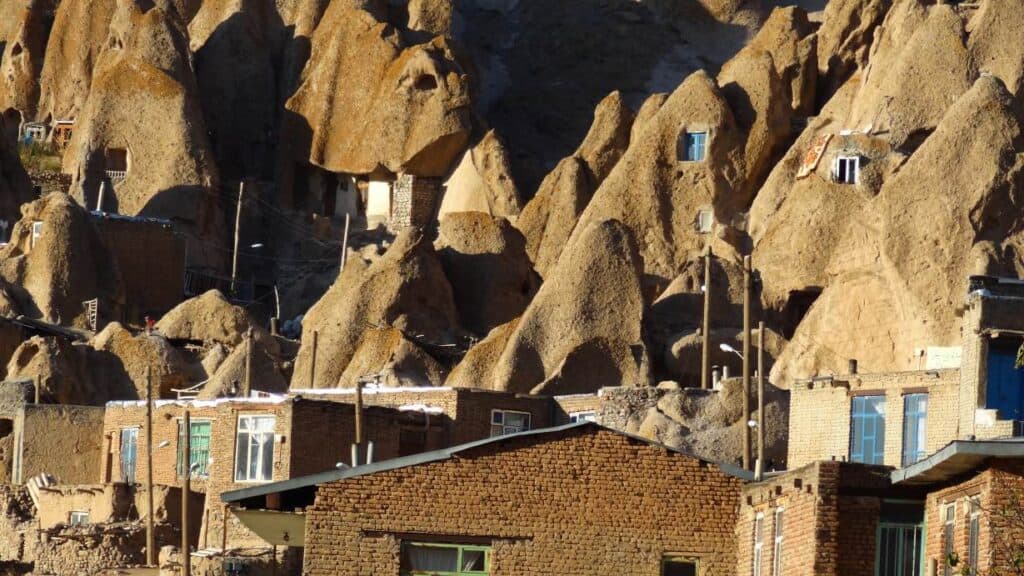

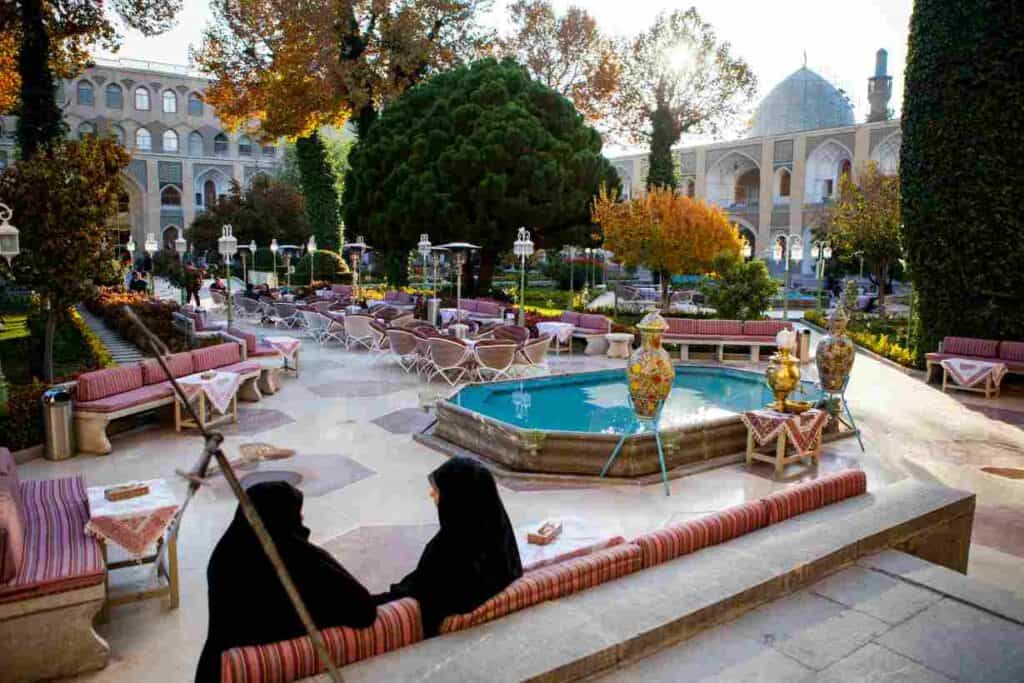
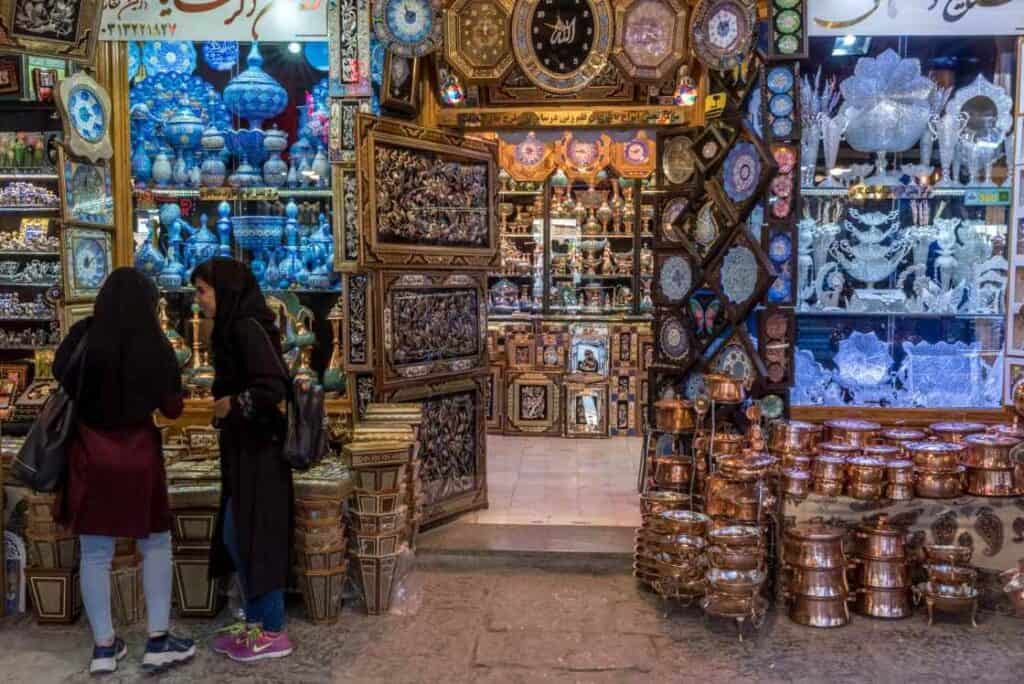
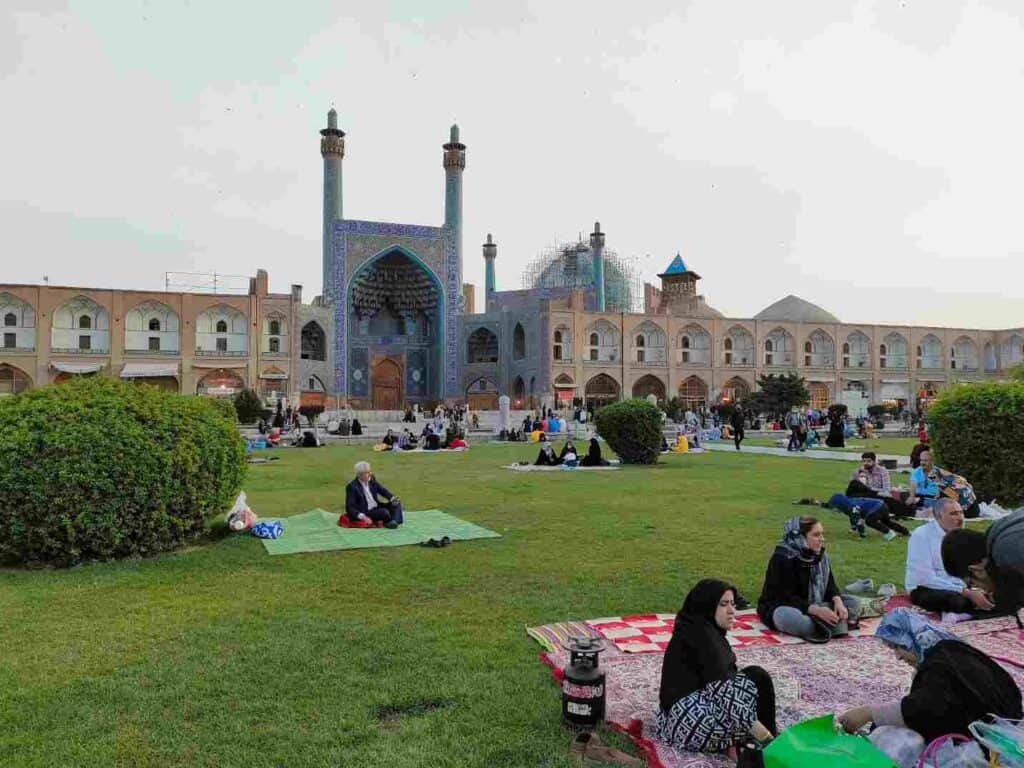
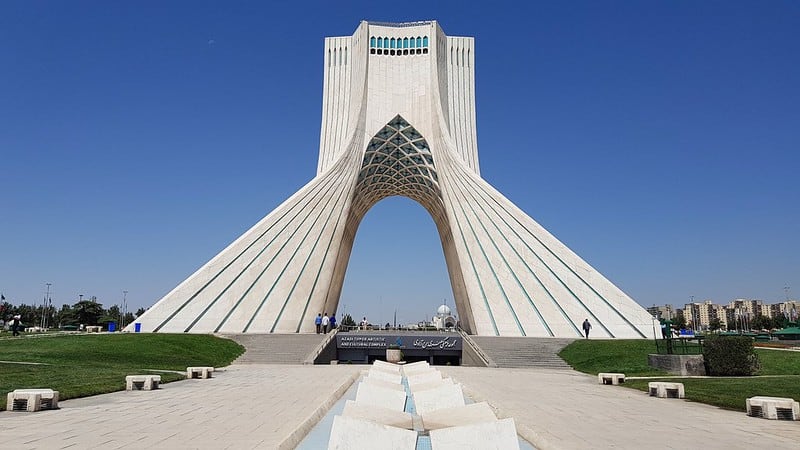
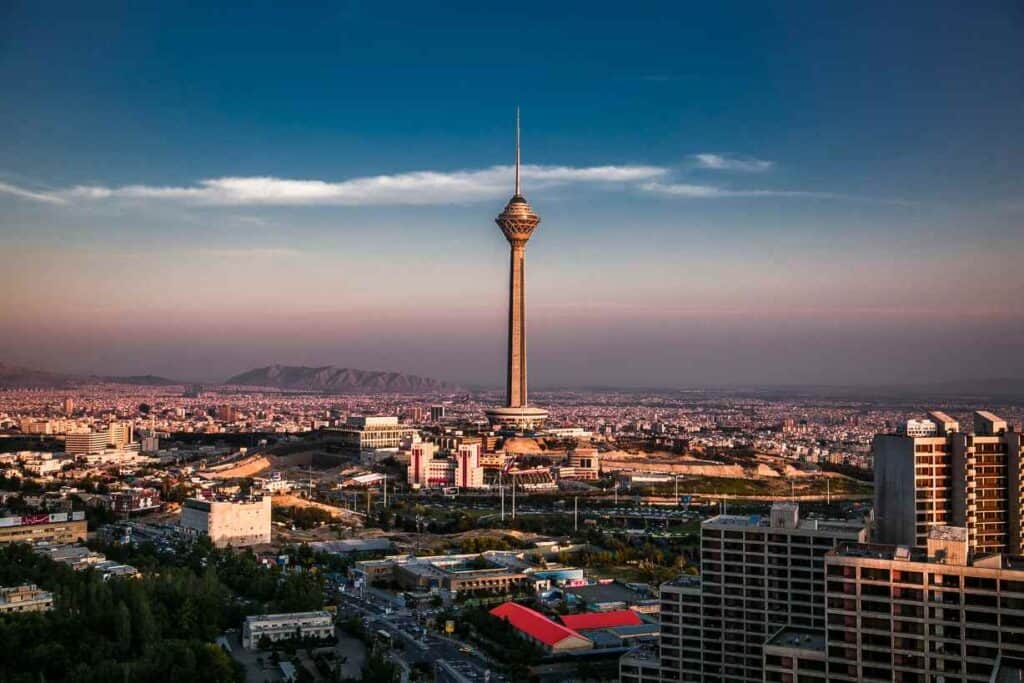
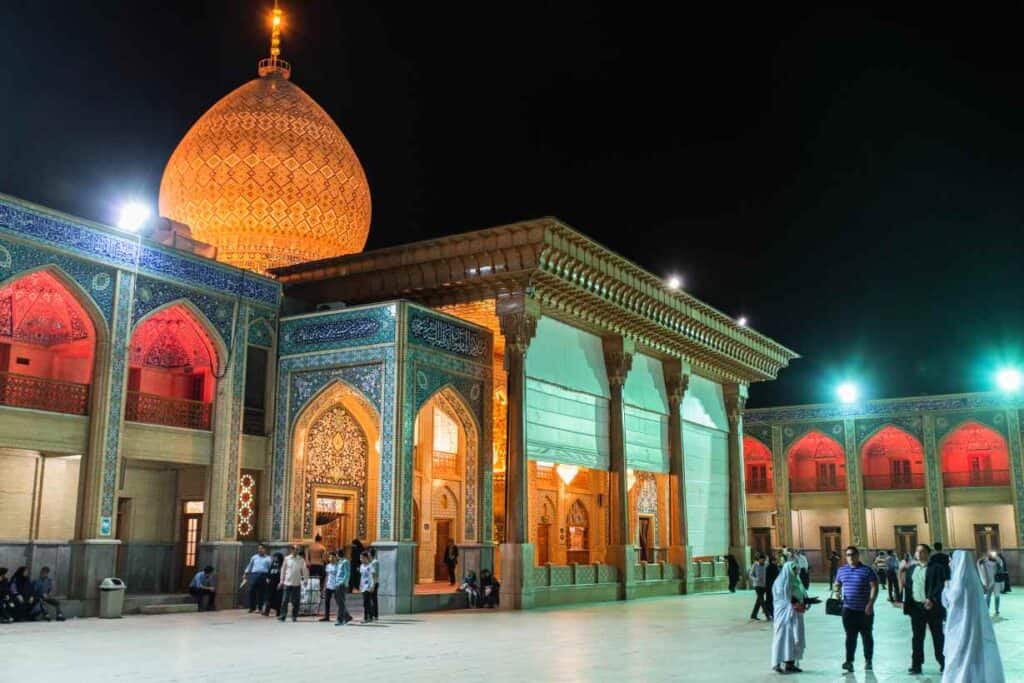
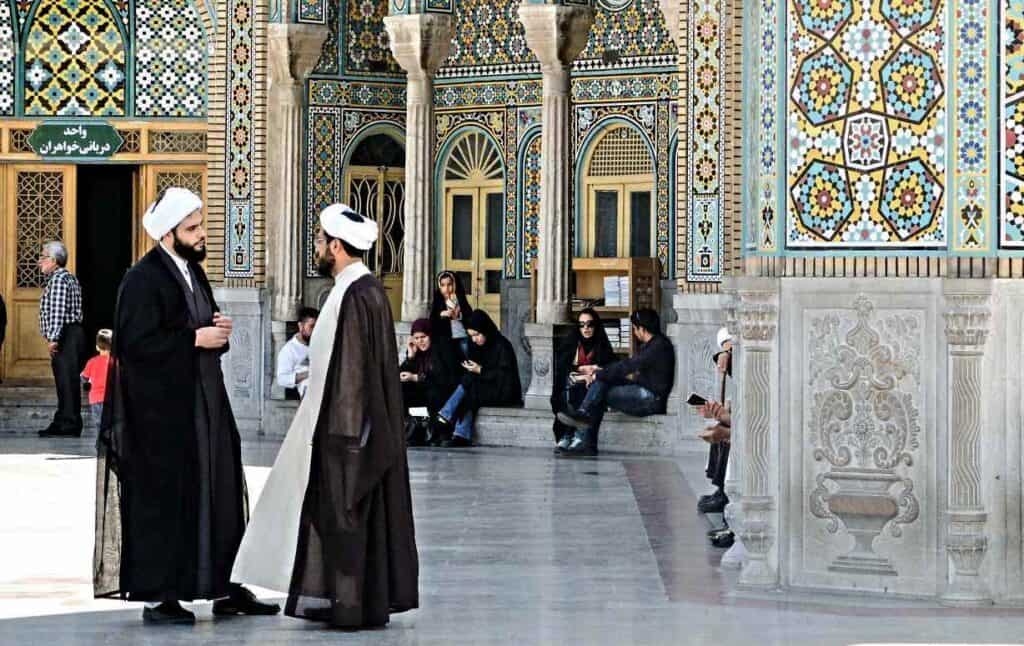
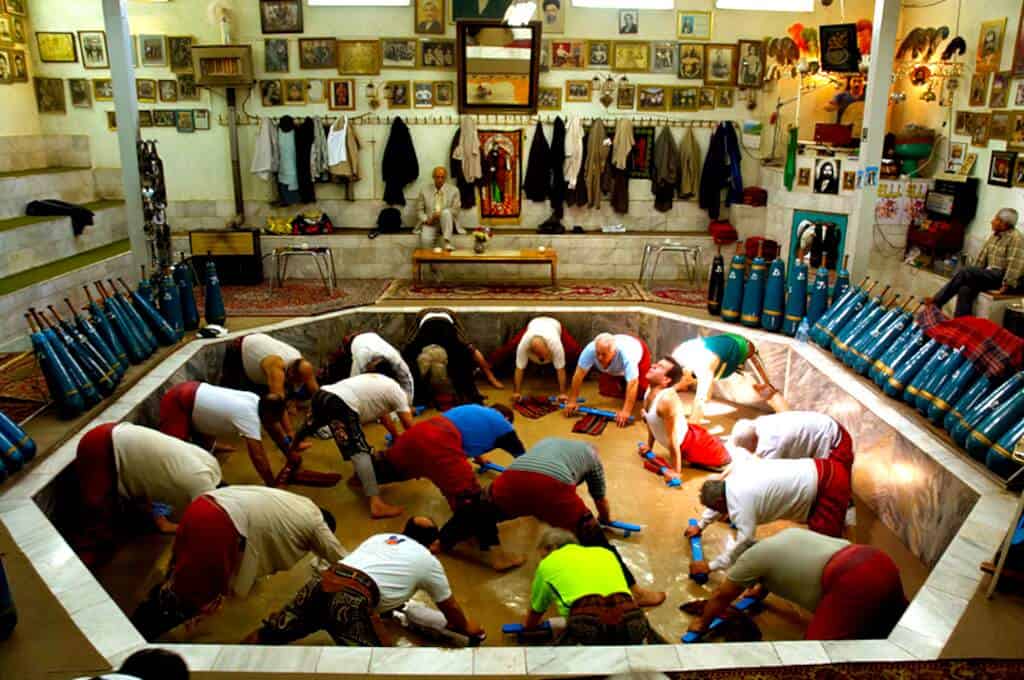
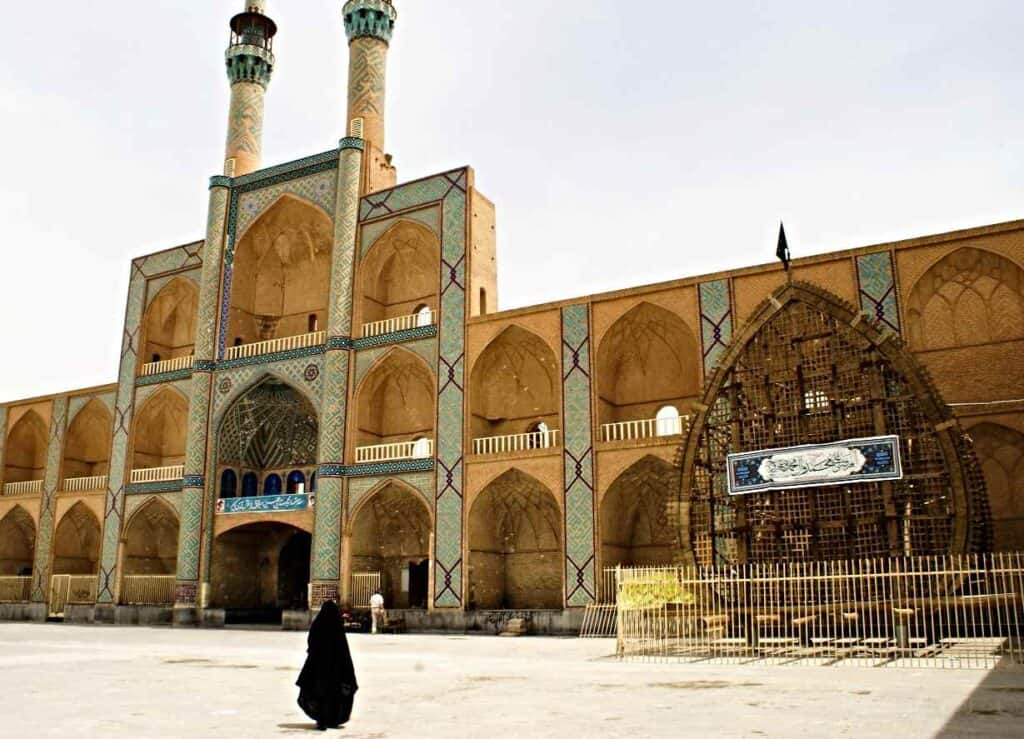
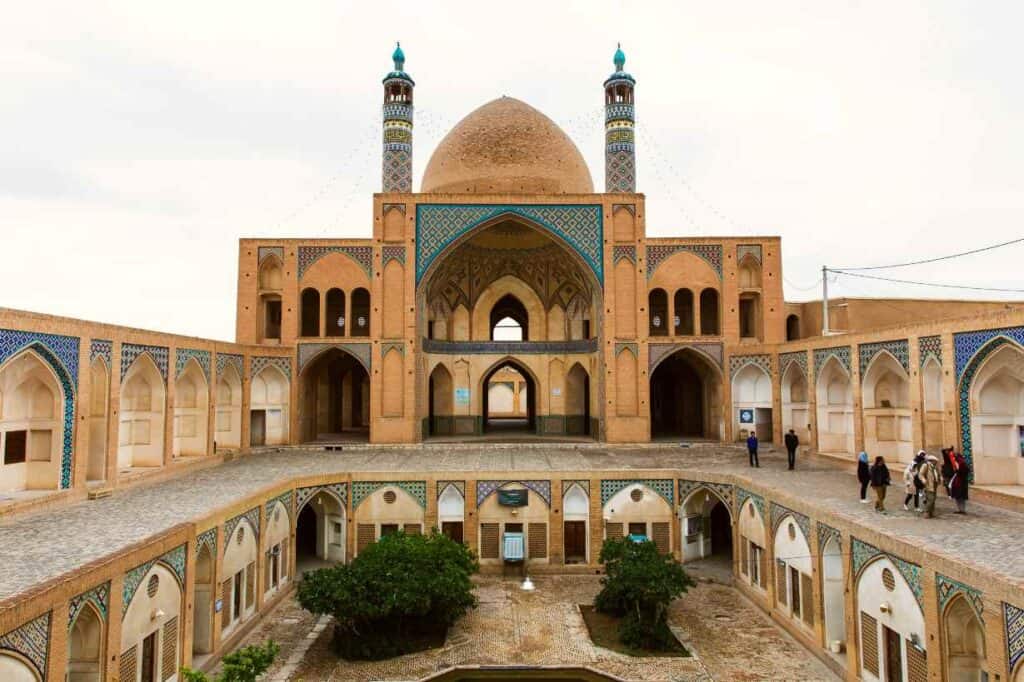
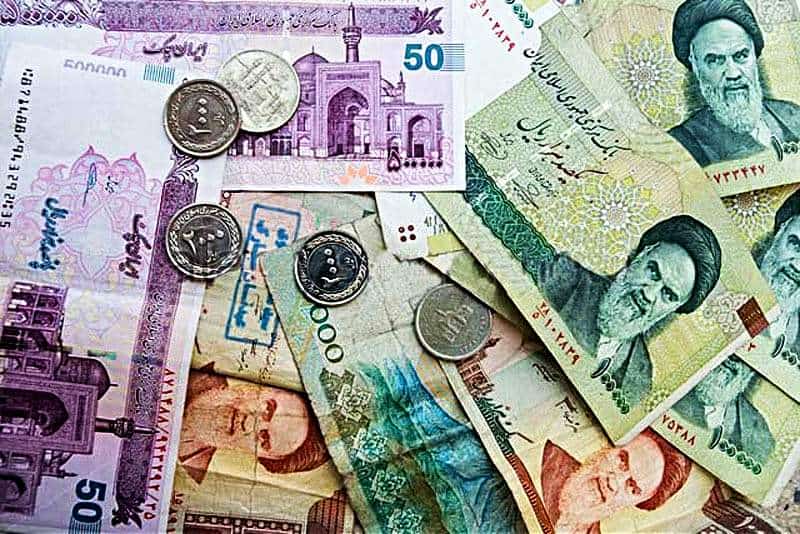
What an interesting and good content you made, thank you
We will definitely use the contents of these people for the Iranian site https://365book.ir/ where we are active so that people can use the translation and interpretation of these contents.
Sorry for the late reply. I was away a bit for personal reasons, but I’m glad to hear and thank you for your comment.